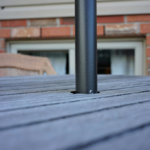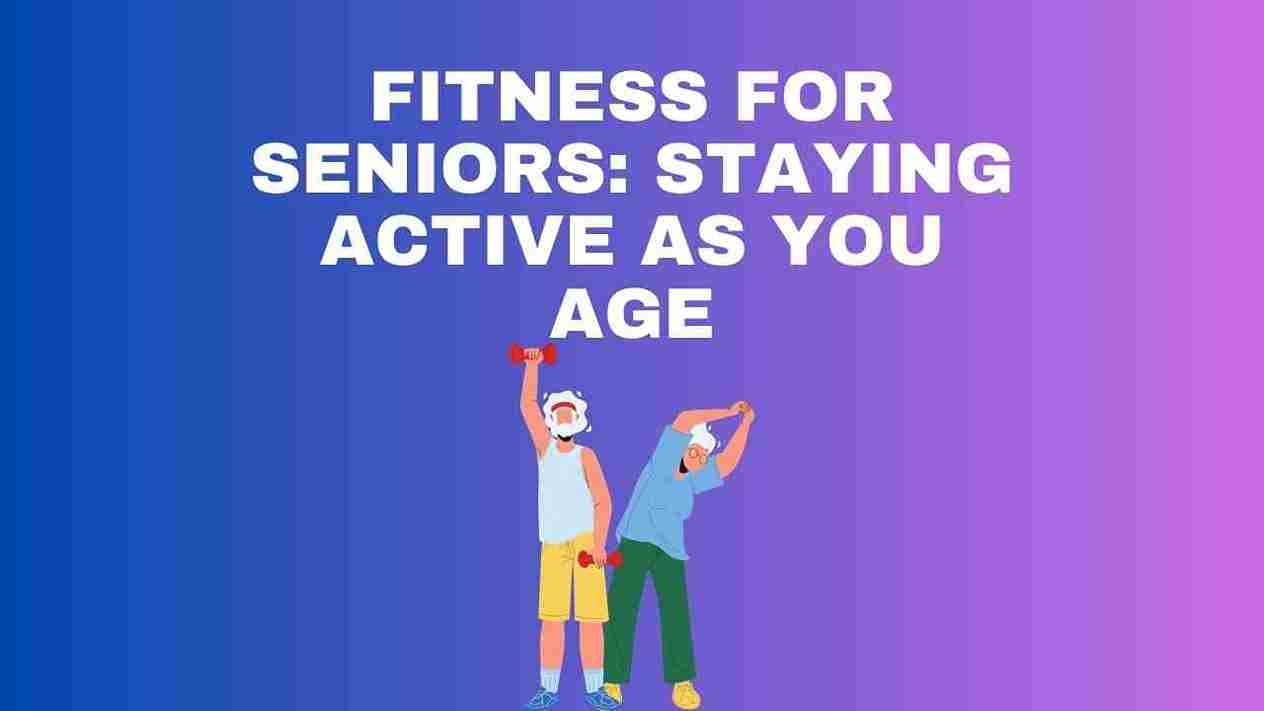In the journey of life, aging is an inevitable process. As we grow older, our bodies undergo various changes, and staying active becomes increasingly important for maintaining mobility, vitality, and overall well-being. In this comprehensive guide, we will delve into the world of fitness for seniors, exploring safe and effective exercise options tailored to the unique needs of older adults. Our mission is to provide you with the knowledge and tools necessary to not only stay active but thrive in your golden years.
The Importance of Senior Fitness
Aging is often associated with a decline in physical fitness, but it doesn’t have to be that way. Regular exercise is a powerful antidote to many of the challenges that seniors face, including reduced muscle mass, decreased bone density, and a higher risk of chronic diseases. Here’s why senior fitness should be a top priority:
1. Maintaining Mobility
One of the primary benefits of staying active as a senior is the preservation of mobility. Engaging in regular exercise routines helps keep joints flexible and muscles strong, reducing the risk of stiffness and joint pain.
2. Enhancing Mental Health
Physical activity isn’t just about keeping the body in shape; it also has a profound impact on mental well-being. Exercise stimulates the release of endorphins, which are natural mood lifters. This can help combat feelings of depression and anxiety that can sometimes accompany aging.
3. Reducing the Risk of Chronic Diseases
Heart disease, diabetes, and osteoporosis are just a few of the chronic conditions that become more prevalent with age. Fortunately, regular exercise can significantly reduce the risk of these diseases and improve overall cardiovascular health.
4. Increasing Independence
Maintaining physical fitness is closely tied to independence in daily life. Seniors who stay active are better equipped to perform everyday tasks, reducing the need for assistance and maintaining a higher quality of life.
Safe and Effective Exercise Options for Seniors
Now that we understand the importance of senior fitness, let’s explore some safe and effective exercise options specifically designed for older adults. It’s important to note that before beginning any exercise program, it’s advisable to consult with a healthcare professional, especially if you have pre-existing medical conditions. That said, here are some exercises tailored to senior needs:
1. Aerobic Activities
Aerobic exercises, such as walking, swimming, or cycling, are excellent choices for seniors. They improve cardiovascular health, increase stamina, and can be tailored to your fitness level. Start slowly and gradually increase the duration and intensity of your aerobic workouts.
2. Strength Training
Strength training is essential for maintaining muscle mass and bone density. Using light weights or resistance bands, seniors can perform exercises to target various muscle groups. Focus on proper form and controlled movements to prevent injuries.
3. Balance and Flexibility Exercises
Maintaining balance and flexibility is crucial for preventing falls, which can be particularly dangerous for seniors. Yoga and tai chi are excellent options for improving balance, flexibility, and overall body awareness.
4. Water-Based Activities
Water aerobics or swimming is a low-impact yet highly effective way for seniors to stay active. The buoyancy of the water reduces the risk of joint strain while providing resistance for a full-body workout.
5. Senior-Friendly Classes
Many fitness centers and community organizations offer classes specifically designed for seniors. These classes often include a combination of stretching, strength training, and cardiovascular exercises, making them a well-rounded fitness option.
Tips for Getting Started
Starting a fitness routine as a senior can be both exciting and challenging. Here are some tips to help you get started on your journey to better health:
1. Set Realistic Goals
Begin with achievable fitness goals. Whether it’s walking for 15 minutes a day or increasing your daily steps, setting realistic objectives will keep you motivated.
2. Prioritize Safety
Safety is paramount. Always warm up before exercising, and if you experience pain or discomfort, stop and consult a healthcare professional.
3. Stay Consistent
Consistency is key to reaping the benefits of exercise. Aim for at least 150 minutes of moderate-intensity aerobic activity per week, along with strength training exercises at least two days a week.
4. Listen to Your Body
Pay close attention to how your body feels during and after exercise. If something doesn’t feel right, don’t push through it. Adjust your routine or seek advice from a fitness expert.
5. Stay Hydrated and Eat Well
Proper nutrition and hydration play a vital role in senior fitness. A balanced diet rich in fruits, vegetables, lean proteins, and whole grains will support your exercise regimen.
Also check: Preventing Infections Through Cleanliness
Advanced Senior Fitness Strategies
1. Interval Training
Interval training involves alternating short bursts of high-intensity exercise with brief periods of rest or lower-intensity activity. For seniors, this approach can help improve cardiovascular fitness, boost metabolism, and increase endurance. It’s essential to customize the intensity and duration of intervals to match your fitness level.
2. Functional Fitness
Functional fitness focuses on exercises that mimic everyday movements, such as squatting, lifting, and reaching. By incorporating functional exercises into your routine, you can enhance your ability to perform daily tasks independently. These exercises also promote better balance and coordination.
3. Mind-Body Practices
Mind-body practices like meditation and mindfulness can complement your physical fitness routine. They help reduce stress, improve mental clarity, and enhance overall well-being. Consider incorporating relaxation techniques and deep breathing exercises into your daily life.
4. Social Engagement
Exercise can also be a fantastic opportunity for social interaction. Joining group fitness classes, walking clubs, or sports leagues can help you stay motivated and socially engaged, which is vital for mental and emotional health.
5. Regular Health Check-ups
Regular check-ups with your healthcare provider are crucial for monitoring your overall health and adjusting your fitness plan as needed. Discuss any concerns or changes in your health with your doctor, and make sure your exercise routine aligns with your medical conditions and medications.
Overcoming Common Challenges
While senior fitness offers numerous benefits, it’s not without its challenges. Here are some common obstacles and strategies to overcome them:
1. Arthritis and Joint Pain
Arthritis and joint pain are common among seniors. Low-impact activities like swimming, water aerobics, and stationary cycling can provide a workout while being gentle on the joints.
2. Limited Mobility
If mobility is a concern, consider chair exercises or seated yoga. These exercises can be adapted to accommodate various mobility levels and can improve muscle strength and flexibility.
3. Lack of Motivation
Finding the motivation to exercise can be challenging, but setting achievable goals, enlisting the help of a workout buddy, or hiring a personal trainer can keep you on track.
4. Chronic Conditions
Seniors with chronic conditions should consult their healthcare providers before beginning any exercise program. Your doctor can provide guidance on safe exercises and any modifications you may need.
5. Fear of Falling
Fear of falling is a common concern. To address this, focus on balance exercises and consider using assistive devices like canes or walkers when necessary. A physical therapist can also help improve balance and reduce fall risk.
Embracing a Holistic Approach
To truly excel in your senior fitness journey, it’s essential to embrace a holistic approach that encompasses not only physical health but mental, emotional, and social well-being. Remember that the goal isn’t just to live longer but to live better, with vitality and a sense of fulfillment.
By staying active, engaging in exercises tailored to your needs, and seeking professional guidance when necessary, you can make your golden years some of the most rewarding and enjoyable times of your life. So, lace up those sneakers, find an activity you love, and embark on your path to lifelong senior fitness.









